The Glycerin line of running shoes is Brooks' "maximum cushioning" running shoe. Most reviews describe it as "pillowy" or a variation on that theme. We don't describe it that way, but it does feature a very cushioned ride. The soft and pillowy description bothers us a little, since it's meant as a positive feature, but we don't think running on pillows sounds comfortable! However, there's no denying that the Brooks Glycerin 19 offers great cushioning. That's what it's designed for, and one of the reasons it makes a good choice for runners with plantar fasciitis or other foot issues.
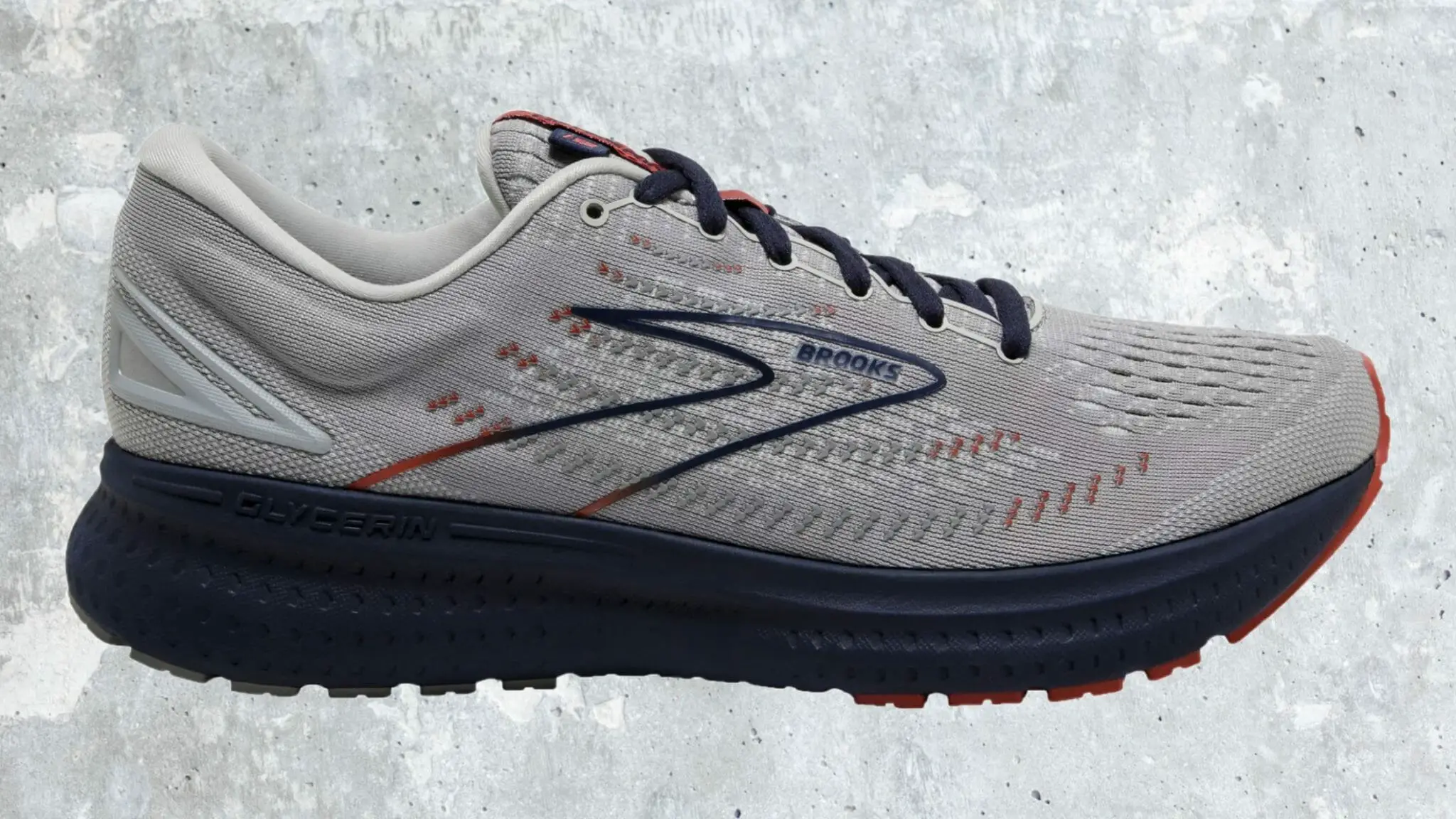
Men's
Women's
Features of the Brooks Glycerin 19
As one of Brooks' flagship running shoes, they pack a number of their latest features into the Glycerin 19. We'll give a quick overview of these before taking a thorough look at the shoe and the running experience. Also, we give you a summary on the difference between the Glycerin GTS ("Go-To Stability") and the regular Glycerin 19. We'll cover what's changed from the Glycerin 18, and how this Glycerin 19 compares with similar models. In particular, the direct competitors for the Glycerin 19 are the Asics Gel-Kayano, the Hoka One One Bondi, New Balance 1080, and Sacuony Triumph.
Full-Length DNA Loft Midsole and Ortholite Insole
The most noticeable feature of the Glycerin model is the full length midsole featuring Brooks' DNA Loft cushioning technology. This is the softest cushioning Brooks makes, and they designed it to feel extremely comfortable underfoot while maintaining responsiveness and durability. Also, with each new iteration of this shoe Brooks manages to make the DNA Loft cushioning a little bit lighter. This iteration is no exception.
The Brooks DNA Loft cushioning compares favorably with adidas' Boost cushioning, the Nike ZoomX foam, and Reebok's Floatride technology. We think those three offer more softness, but there is a tradeoff. The softness with those cushion technologies generally comes with a loss of responsiveness and energy return when running. The Brooks DNA Loft strikes a better balance, in our opinion. This is why Brooks running shoes feature in our lists of recommendations (notably the Ghost and Adrenaline models get high marks).
The Glycerin 19 vs. The Glycerin GTS 19: "Go-To Stability" Explained
Brooks offers two versions of the Glycerin 19, and we expect they'll continue this with future iterations. The "GTS" in the name indicates this version contains Brooks' "Go-To Stability" system, while the Brooks Glycerin 19 (no GTS) does not have this feature. First, what is the GTS Go-To Stability system.
You can see the GuideRails system on the medial side (the side of the foot that faces inward) in the comparison photos below. There is a similar GuideRail on the lateral side (the side of the foot that faces outward) of the shoe as well.
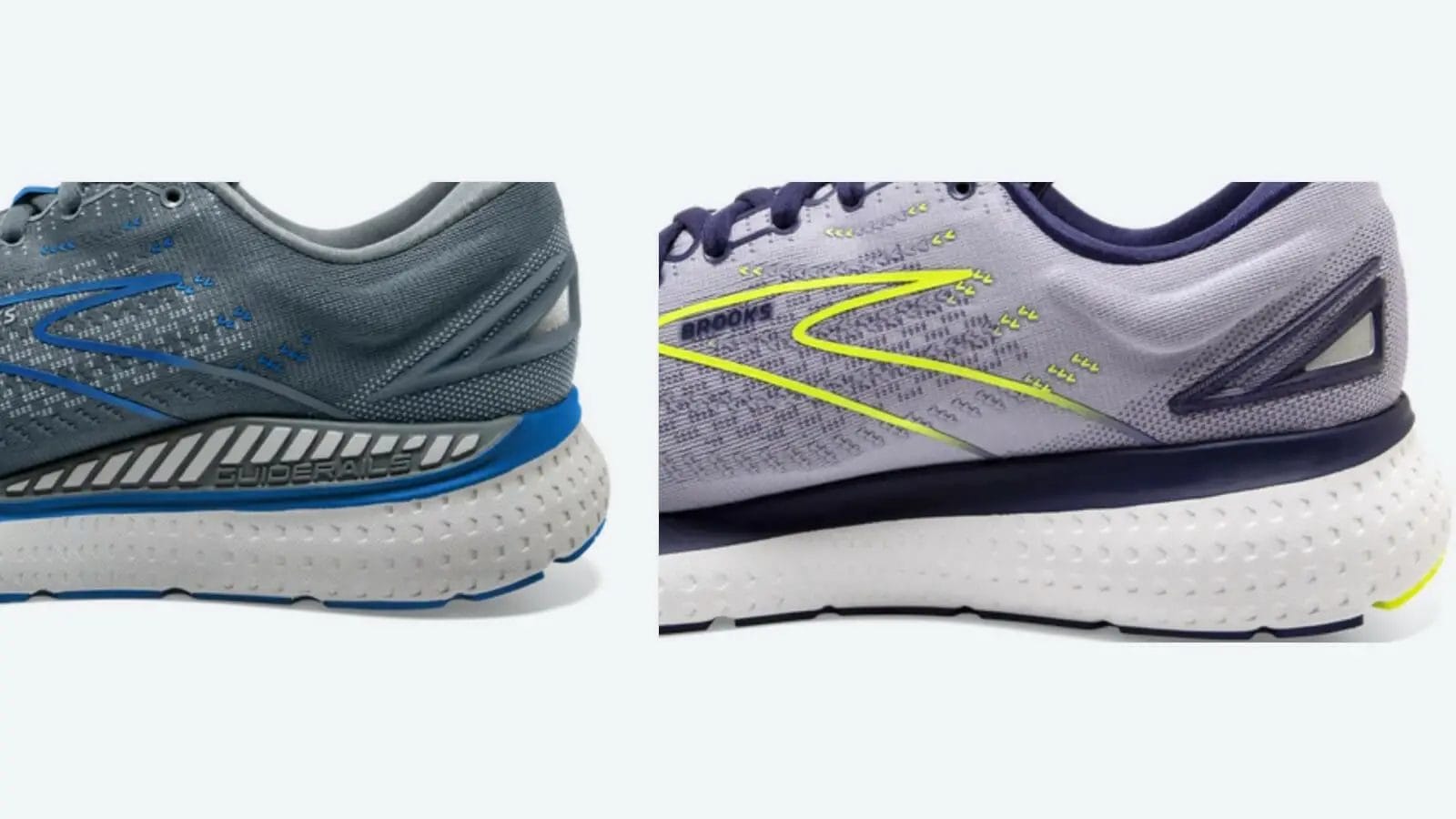
Branded "GuideRails" by Brooks, these support on both the medial and lateral sides of the shoe. They are meant to correct pronation issues. Some people with flat feet overpronate, and find stability shoes useful in correcting this overpronation. Unless you find stability or motion control shoes helpful for your running, then stick with the Glycerin 19 instead of the Glycerin GTS 19.
The Upper: Fit, Materials, and Comfort
The word that comes up most often when discussing Brooks running shoes is "plush". The Glycerin 19 is no different. Brooks gets the materials and fit of the upper spot-on, as they do with all of their running shoe offerings. It's one of the reason Brooks maintains its position as a go-to brand for runners.
Dual Layer Mesh Material and Gusseted Tongue
The material that makes up most of the upper is dual-layer mesh. This is breathable, durable and offers good flexibility in any weather conditions. It hugs your feet in just the right way to provide a completely snug fit without feeling tight.
As with most high-end running shoes these days, the Glycerin 19 features a gusseted tongue that has a seamless attachment to the midsole. This provides a more secure fit, and helps keep debris out of the shoe while you're running. The only downside for this inner sleeve construction is that it does make the shoe a bit warmer. We think the trade-off is well worth it though.
Heel Fit and Stability Features
If we had to point to a single area that any runner worried about, or suffering from, plantar fasciitis should look to it's the heel fit. A loose fit at the heel will cause greater strain on the plantar, and can lead to flare ups if you are susceptible. The heel fit also matters in a stability shoe since a loose-fitting heel will decrease the stability of the shoe.
With the Glycerin 19, the heel fit feels perfect. It holds the shoe tightly in place around your heel, preventing the shoe from slipping. This helps with all aspects in your running motion since it keeps the shoe tightly in place, improving the energy return and heel strike.
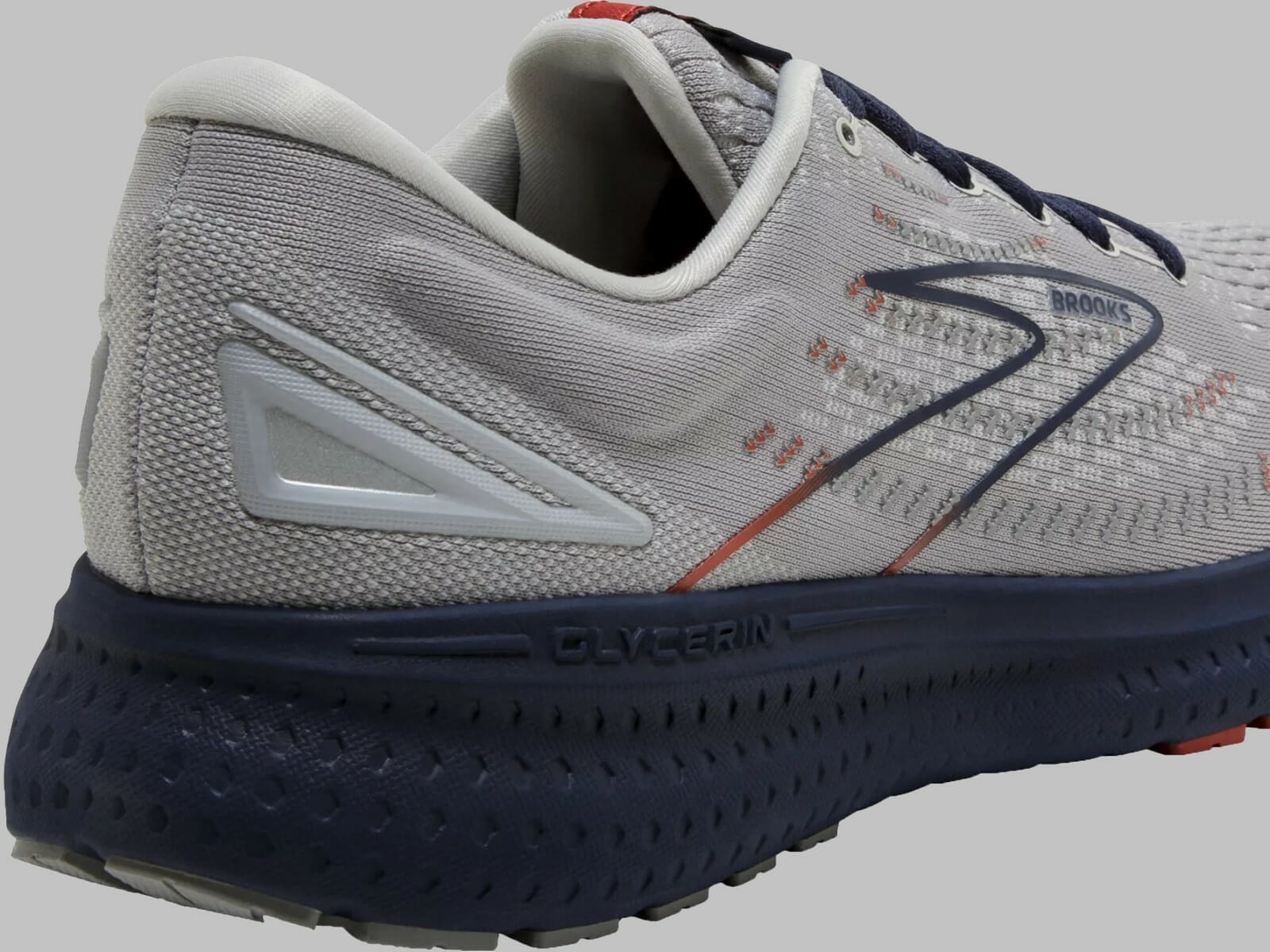
We'll also use the word plush again to describe the cushioning around the back of the throat of the Glycerin. This prevents irritation and blisters that some running shoes cause at the rear of the foot. It's really a perfect combination of snugness, softness, and smooth cushioning to keep your heel in place without irritation.
The Ride Experience and Sole of the Brooks Glycerin 19
Let's start with the insole on the Glycerin 19. Starting a couple of years ago with the Glycerin 17, Brooks replaced their DNA foam "sockliner" with a softer blown foam Ortholite insole. When both the insole and midsole feature DNA foam, the similar foam densities ensured an even, smooth ride.
Ortholite Insole
Starting with the Glycerin 17 and continuing with the Glycerin 19, the Ortholite insole features a softer foam than the DNA Loft midsole. This gives the ride a softer feel underfoot, but only at the surface. For us, this does not dramatically alter the ride experience, but can help if you have bunions, spurs, or other foot issues that benefit from extra cushioning on the foot.
Outsole and Overall Quality
Other than that, little changes with the Glycerin 19 versus the Glycerin 18 and previous models. The outsole continues to feature sticky blown rubber with great traction and durability. The flex grooves on the outsole (see details in image below) offer good flexibility and grip. The only caveat here, is that these become stiffer in cold weather. If you're planning to use these in subfreezing conditions, keep that in mind!
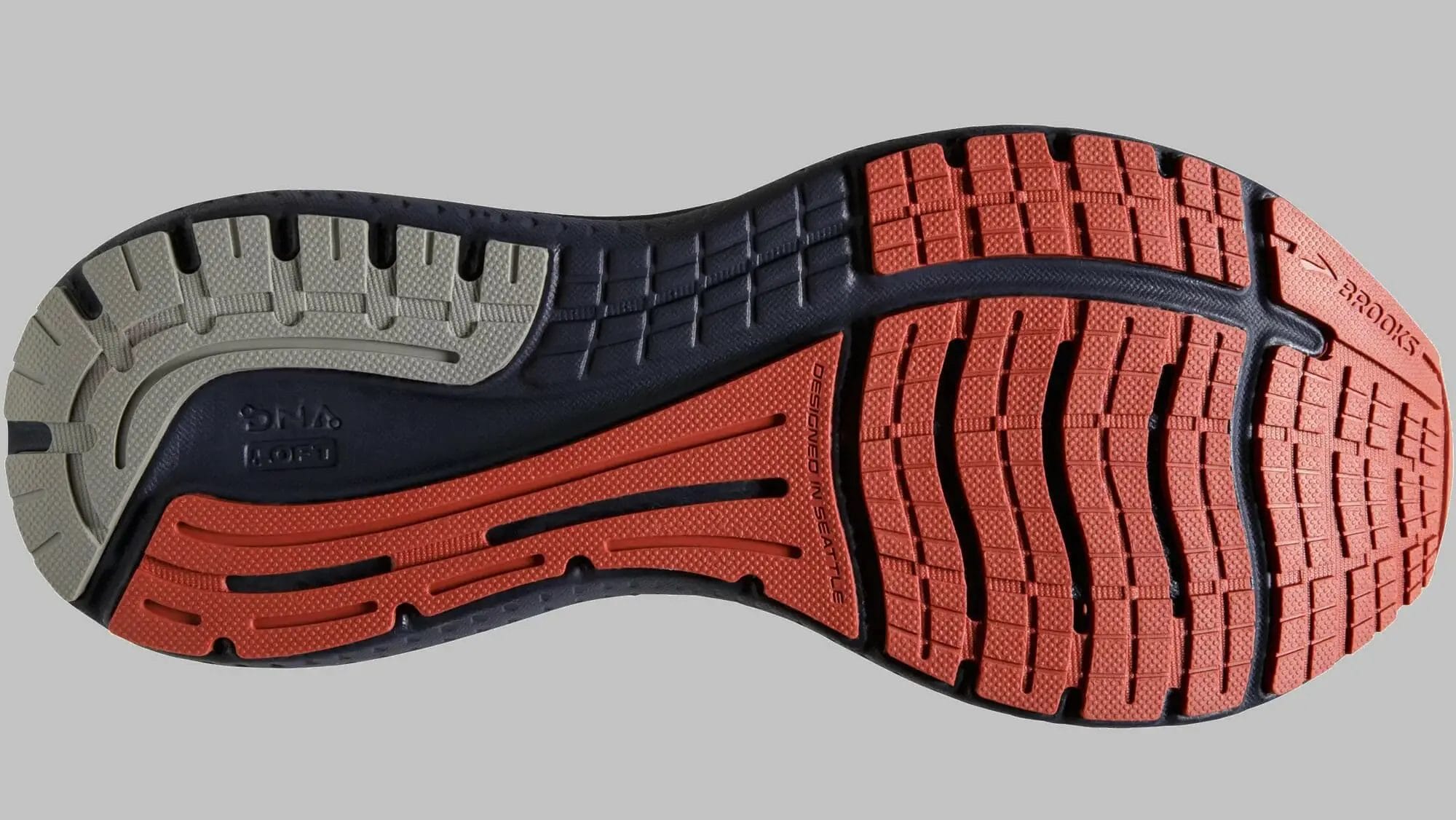
The overall build quality is excellent. These are the sort of running shoes that will last for several hundred miles with no issues.
Ride Quality and Underfoot Feel
Brooks bills these as an everyday trainer, and we agree. The energy return, bounce, and responsiveness are all quite pedestrian. They also weigh a bit more than many running shoes that focus on lightweight and speed. The cushioning and fit put these right in the sweet spot for everyday use and for recovery runs. Also, they are perfect for those battling foot issues who can benefit from the maximum cushioning to reduce pain associated with plantar fasciitis.
Finally, we want to comment on the smoothness of the ride on the Brooks Glycerin 19. The full-length DNA Loft midsole gives a consistent ride. Many other running shoes feature multiple foam densities through the midsole. While this might improve energy return, or provide extra support in one area, it does cause a consistency break in your stride. Again, the price here is the lack of "bounce" in the shoe.
Differences Between Brooks Glycerin 19 and Alternatives from Brooks
Let's clear up any confusion people might have on the origins of this shoe. The Brooks Glycerin is ancient, and is in its 19th iteration. The GTS 19 is new, but owes its existence to Brooks ending the Transcend model after the Brooks Transcend 7 running shoe. The GTS 19 takes over from the Transcend as Brooks' flagship stability running shoe.
Changes to the Upper
The upper of the Glycerin 19 is identical the Glycerin GTS 19. Runners know Brooks for their plush padded uppers, and the Glycerin's upper fits that mold. It differs a bit from the Transcend 7 which had a slightly roomier toe box and was a bit looser fitting. The Glycerin 19 hugs your feet a bit more and provides a tighter fit around bot the heel and forefoot.
Differences in the Outsole
Again, the Glycerin 19 and Glycerin GTS 19 feature identical outsoles. The changes from the Transcend 7 to the GTS 19 are minor. The total landing area of the heel increases making a more forgiving heel strike. The surface area of the outsole in the forefoot also increases modestly, but it's unlikely you'll notice the difference while running. The materials are essentially the same blown rubber in all three models, with minor variations in the tread patterns, but nothing dramatic.
One upgrade from the Transcend 7 to the GTS 19 is a little more flexibility in the outsole. This is more noticeable in cold weather when the shoe stiffens up. The Glycerin 19 outperforms its predecessor here, but is still a bit on the stiff side in cold weather.
Which Runners Should Get the Glycerin GTS?
Like the Transcend 7, the Glycerin GTS 19 targets runners looking for stability and motion control. It's GuideRails technology helps for mild overpronation, often associated with flat feet. This running shoe also features solid construction that will last hundreds of miles. This makes it ideal as an everyday trainer and for recovery runs. It is not for race days, or for those looking for a snappy, bouncy run.
Pros and Cons of the Brooks Glycerin 19 Running Shoe
Pros
- DNA Loft Midsole. A single slab of DNA Loft foam in the midsole provides great cushioning. The single density of the foam also provides a smooth transition and great ride experience.
- GTS "Go-To Stability" Option. Taking over from the Transcend 7, the Glycerin GTS slots in as Brooks' new premium stability running shoe. If you're looking for a stability running shoe, this is a great place to start.
- Quality Materials and Construction. A lot of running shoes start out great, but can descend into mush all too quickly. With the Glycerin 19 (like with most other Brooks running shoes) the quality materials stand out. This becomes especially apparent if you're putting in a lot of miles. The DNA Loft midsole is the most noticeable feature where the durability matters. Even on mile 500, you still get good cushioning and response from this midsole.
Cons
- Not for wet conditions. If you're running in heavy rain, or anywhere you expect to encounter standing water that you can't run around, the Glycerin is not for you. This shoe holds water and takes forever to dry out once it's wet.
- On the heavier side. There are lighter shoes out there, even as an every day trainer. While the shoe is comfortable and plush, it does feel a bit big and heavy at times.
Alternatives to Consider
We recommend the Brooks Glycerin 19 for runners suffering from plantar fasciitis, or runners prone to the condition. If this is you, some alternatives to consider are the Brooks Ghost 14, the Nike React Infinity Run Flyknit 2, and the Asics Gel-Kayano 28.
If you're really after the maximum cushioning the Glycerin offers, we also think you should check out the Hoka One One Bondi 7 and the adidas UltraBoost 22 (one of the softest running shoes in this universe).
Final Thoughts on the Brooks Glycerin 19 Running Shoe
Brooks makes running shoes that inspire a devoted following in the running community. Many runners loved the Brooks Glycerin and the Brooks Transcend, so it was a gamble to "simplify" their lineup by merging the Transcend into the GTS 19 line. We think this gamble pays off in the improved fit and feel of the upper in the GTS 19 over the Transcend, and the excellent stability features the GuideRails on the GTS model provide.
Brooks also continues to refine and improve their DNA Loft midsole cushioning feature. As the maximum cushioned shoe in their lineup, there's no better place to feel these improvements than in the Glycerin models. Although the changes are minor from the Glycerin 18 to the Glycerin 19, the overall weight and feel do provide a noticeable benefit.
What the Glycerin 19 offers in smoothness and comfort, it gives up in responsiveness. These are better suited to recovery runs, or everyday training for those looking for comfort rather than speed and bounce.
Finally, our experience and reviews of others suggest the Glycerin 19 has a longer break-in period than most other running shoes. Expect about 30-40 miles of break-in period with this running shoe. Since these are extremely durable, that will pay off since you can expect to get a solid 500 miles out of these shoes.
The Brooks Glycerin 19 running shoe gets our highest recommendation. We also specifically suggest this model for those suffering from plantar fasciitis or other foot and heel pain associated with running.
Check out more reviews and prices at the following retailers.
Men's
Women's


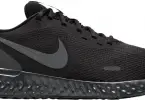
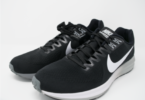
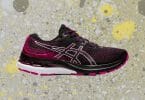
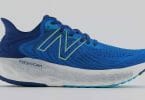
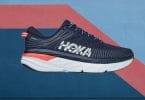
Leave a Comment